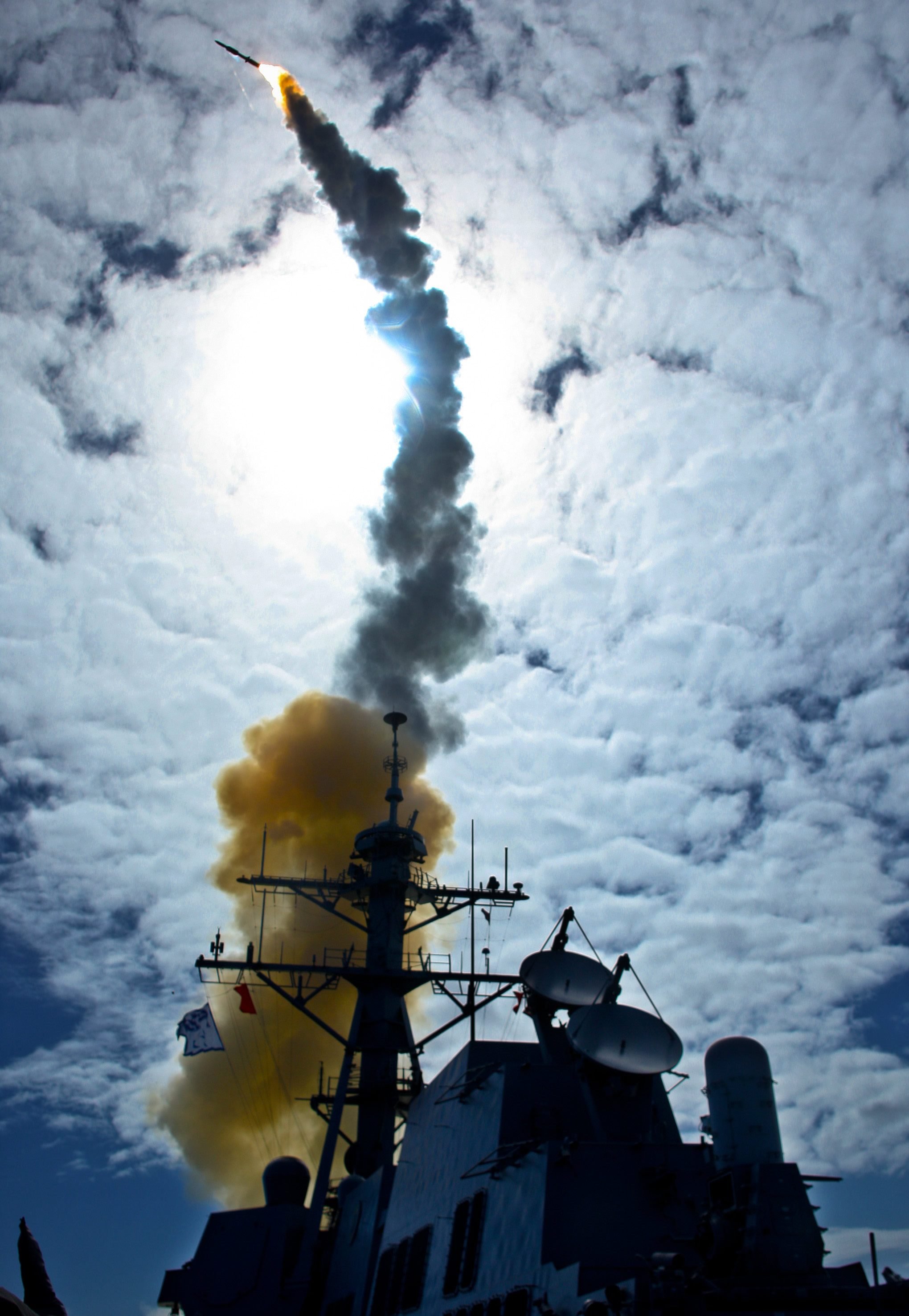
Unmanned Systems, Passive Sensors Help USS John Finn Bullseye Target With SM-6
Using a blend of information from unmanned and manned ships and aircraft, a guided-missile destroyer launched an anti-surface missile from…
Copyright 2024 U.S. Naval Institute. All Rights Reserved.